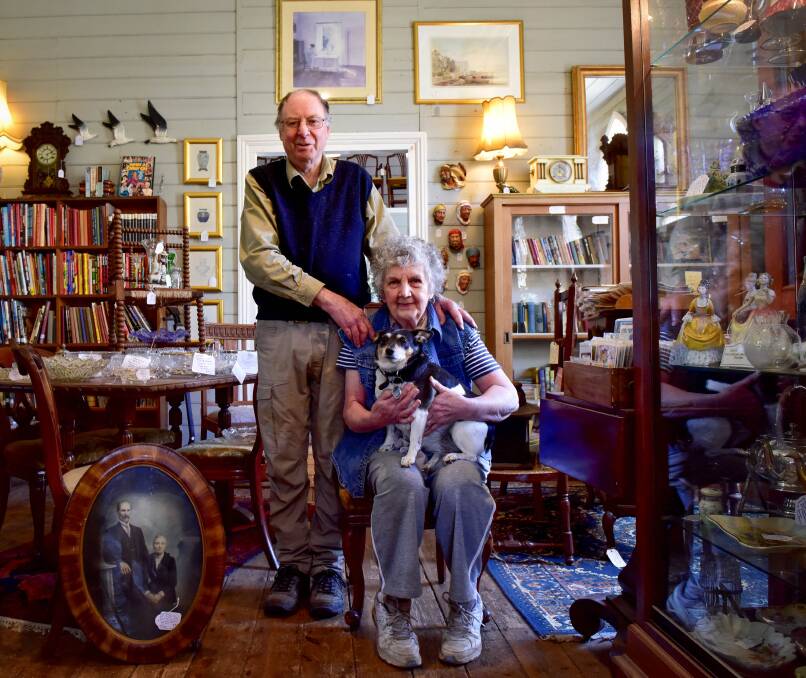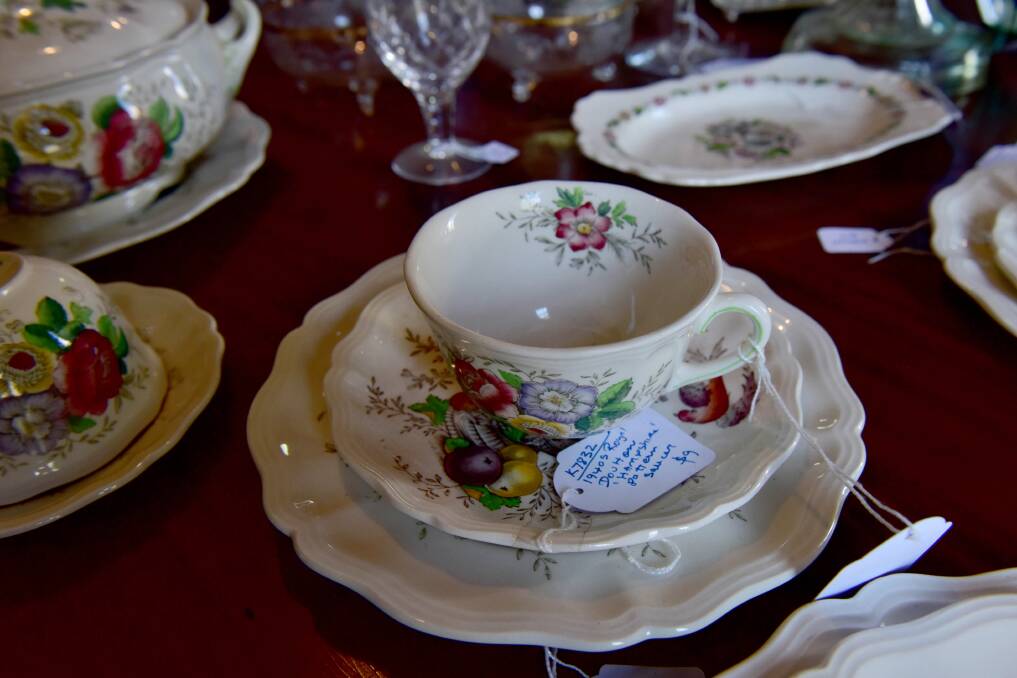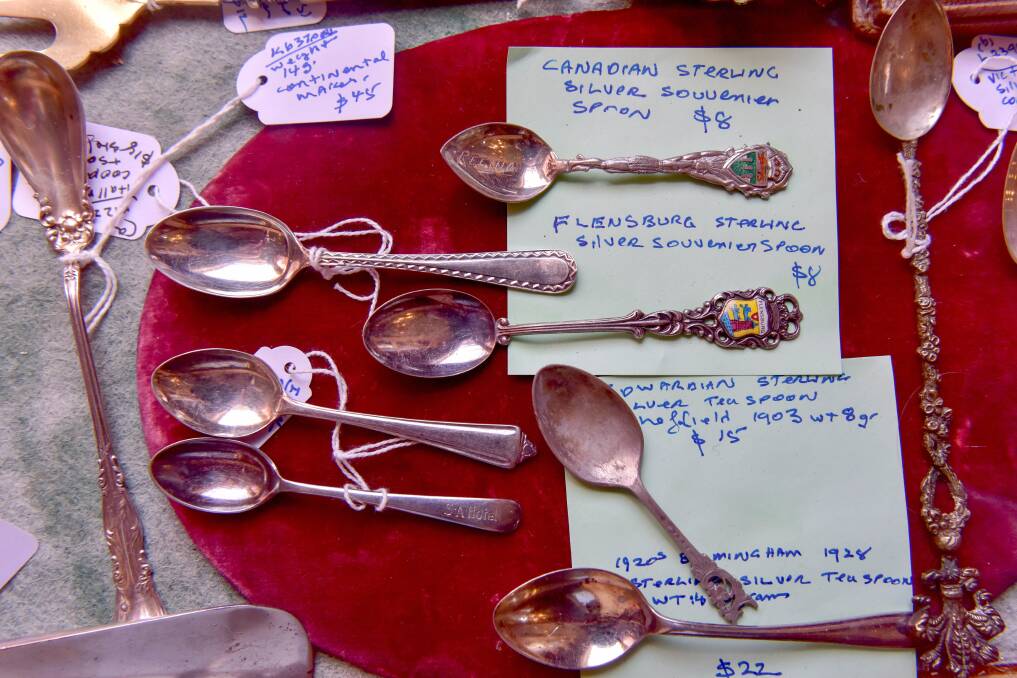FOR 23 years the quaint and welcoming Newlyn Antiques and Cottage Garden Nursery has drawn people from the Midland Highway through its doors.
Subscribe now for unlimited access.
$0/
(min cost $0)
or signup to continue reading
John Hungerford, a passionate storyteller, and his wife Faye set up their dream store in the historical buildings in 1996 and have since become an integral part of the fabric of the Newlyn community.
Their property is comprised of a number of historical buildings: a cottage built in 1853, restorer’s shed and hall established in 1886, though later added to. The hall historically housed the Mechanics Institute and Free Library before being relocated to its current location.

THE BEGINNING
Shortly after the Hungerfords married they moved from Bendigo to Melbourne, where they moved into a small working man’s cottage. But they came to miss their acre of garden.
“It had a pocket sized garden with a nice shed, so I started restoring furniture,” Mr Hungerford said. “After a couple of years the shed was full of furniture I was working on and the house was full of restored furniture.”
It was about the time of the Kennett Government, and while everybody was taking packages, Mr Hungerford resigned.
“We purchased a curious little rundown shop in Footscray in 1992, cleaned it up and put all of the stuff I had stacked up in the shed in the front of the shop – we sold it all in a month. Suddenly, I thought, ‘this is a crisis’, because what took us two to three years to buy we had to replicate every week.”
Their shop, Footscray Bazaar, became a roaring success.
“Faye always wanted to go back to the country and on a Sunday country drive, we discovered this shop was on the market.”
After some to-ing, fro-ing and negotiations about the purchase of what was then a run-down building, the Hungerfords purchased the cottage and associated buildings and returned to the country.

Mr Hungerford describes arriving as “an adventure”.
“We arrived with two truck loads full of furniture in the pouring rain. We opened the doors and the buildings were stacked – we had nowhere to put our furniture so we had to put them in the chook sheds, anywhere we could,” he said.
“We have gradually built it up and become part of the community.”
With customers visiting from all over the world and from all walks of life, the Hungerfords have met many interesting faces during their time as proprietors of one of the region’s last antique shops.
“Because we are closely associated with the gold fields,” Ms Hungerford said, “you would be surprised at the amount of people who come to this area to see a grave.”
They have had everybody from tourists to English actresses and federal politicians walk through their doors, with some even stopping for a cup of tea.
ANTIQUES
Mr Hungerford said he loved antiques for “the history and the craft but also because it gives insight into an earlier era”.
“Every piece has a social history associated with it. You get to understand what was happening in the world that helped to shape our world today,” he said.
The Hungerfords have always operated on the basis that they are part of the community and their customers are an extension of the family.

“We have never aimed at the top or the bottom of the market – we have just tried to keep good-quality, medium range items that people can come in and see, and also have a chat about what’s happening in their life.
“We never made any profit in 29 years because we put all of it back into the shop.”
Mr Hungerford said there had been a change in social interests and therefore a declining interest in antiques over the years.
“Within our society there is a move from holding on to things physically. We don’t use cups and saucers anymore – we use mugs. And they can’t be put through the dishwasher,” he said.
“It’s a change in values and ideas but there are a lot of people who still love to have decorative arts around them. Cups, saucers and plates are now arts and no longer objects of utility.”

The Hungerfords have many stories to tell of their time running the store and the people they have met, including when they were left terrified after a B-double truck ploughed into their restorer’s shed, metres from their bedroom, in the early hours of the morning in 2012.
But for now, the couple are ready to retire after working six days a week plus all holidays for the past 23 years.

